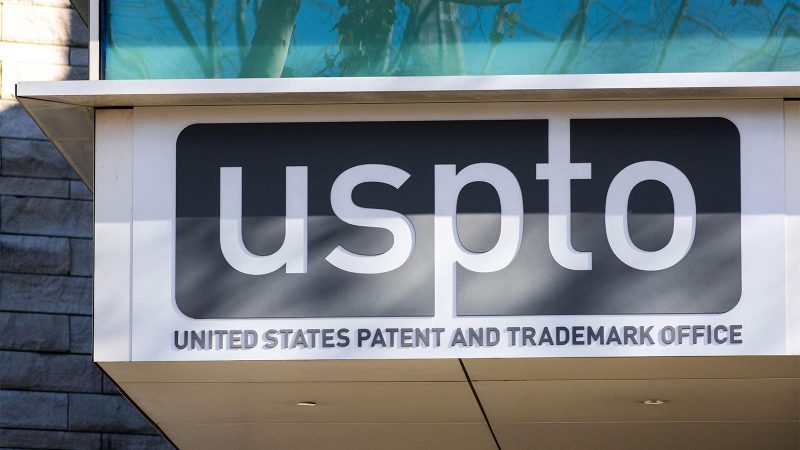Continuation Patents Have Surged, Disrupting Generic Competition, Study Shows

Continuation patents on FDA-approved drugs skyrocketed by 200% from 2000 to 2015, likely putting off generic competition, researchers found.
Over this time period, the ratio of continuation patents increased from 0.6 for drugs approved in 2000 to 1.8 for drugs approved in 2015, while the ratio of the number of original patents per FDA approval increased by 15%, from 1.3 to 1.5, respectively, reported S. Sean Tu, JD, PhD, of West Virginia University College of Law in Morgantown, and colleagues.
Overall, the ratio of the number of FDA-listed patents per drug increased by a relative 68%, they noted in a research letter in JAMA.
Among 3,967 distinct patents on these drugs through 2021 listed in the FDA’s “Orange Book,” also known as the “Approved Drug Products with Therapeutic Equivalence Evaluations,” 53% were original patents and 47% were continuation patents.
While the ratio of the number of litigated original patents per approval increased by 63%, from 0.38 for drugs approved in 2000 to 0.62 for drugs approved in 2015, the ratio of litigated continuation patents increased 213%, from 0.22 to 0.69, respectively.
Companies apply to the U.S. Patent and Trademark Office for a continuation, which is when the “patent holder adds new applications to a prior submission by offering minor clarifications or additions without substantial change to the underlying invention,” the authors explained.
Tu told MedPage Today that continuation patents are a pervasive legal strategy increasingly used in patent thicketing and are designed to increase costs for competitors and make it harder for generics to hit the market.
“Not only are [companies] filing and getting more continuation patents, they’re actually litigating these patents,” Tu said.
Of the 1,936 litigated patents in total, the number of original and continuation patents was similar: 985 and 951, respectively.
“More continuation patents mean that generic firms seeking to challenge existing protections on brand-name drugs must contest and potentially litigate more patents,” Tu and team noted.
Liza Vertinsky, PhD, JD, of the University of Maryland Francis King Carey School of Law in Baltimore, told MedPage Today there’s been a lot of talk about how the pharmaceutical industry abuses and misuses the patent system.
“One of the problems I have with that literature … is that it’s typically framed in terms of this idea of sort of innovation versus access. And patents, of course, are seen and relied on heavily in the U.S. as sort of tools of encouraging innovation,” noted Vertinsky, who was not involved in the research.
“And I think that the importance of studies like this … is that they show that actually, in some cases, the patent system is being used in a way which is not encouraging innovation, and moreover, that there’s a cost to these practices,” she continued.
Vertinsky said that drug innovation and drug access are often pitted against each other, which doesn’t capture the complexity of the issue.
“We need a lot more work like this, unpacking those arguments about cost of benefits of regulatory interventions, in particular in the patent system, where it tends to get reductionist,” she added.
For this study, Tu and colleagues used the Drugs@FDA database to identify newly approved drugs from January 2000 through December 2021. Each patent was categorized as original or continuation using Google Patents Public Data Sets. The team also analyzed whether patents had been litigated by either drug manufacturers or generic competitors. A total of 1,421 new patents were approved by the FDA from 2000 to 2015.
The team did not examine the frequency of successful challenges on patent litigation, which the authors noted was a limitation.
Disclosures
This research was funded by the West Virginia University Hodges Research Grant, Arnold Ventures, the Commonwealth Fund, and the National Heart, Lung, and Blood Institute.
Tu reported no conflicts of interest. One co-author reported being an expert witness on behalf of plaintiffs in a case against Gilead’s formulation of tenofovir disoproxil. Another co-author was an expert witness in litigation against inhaler manufacturers and is a consultant to Alosa Health and Aetion.
Vertinsky had no conflicts of interest.
Primary Source
JAMA
Source Reference: Tu SS, et al “Changes in the number of continuation patents on drugs approved by the FDA” JAMA 2023; DOI: 10.1001/jama.2023.11525.








